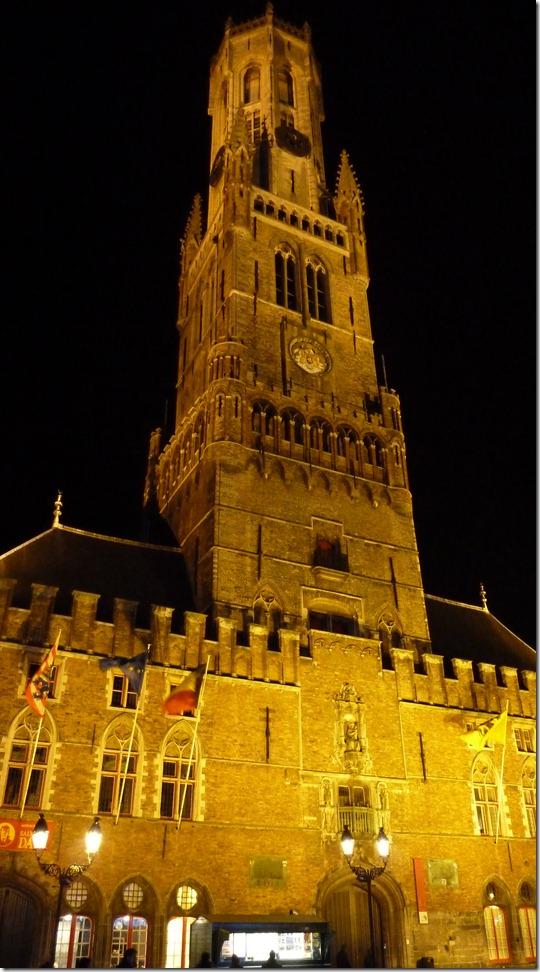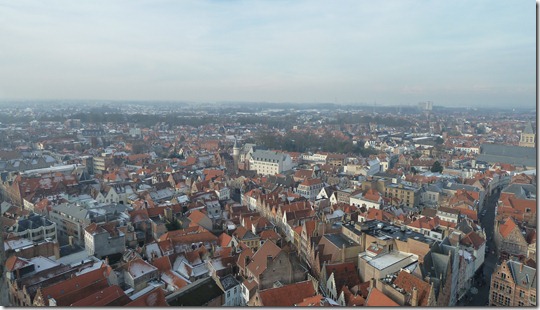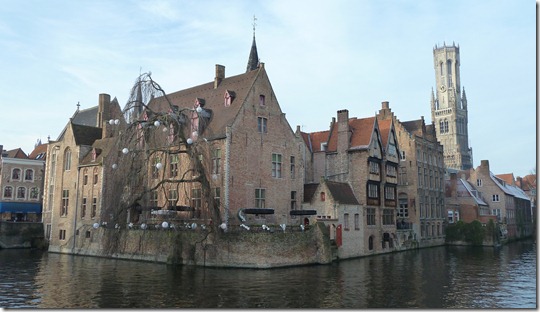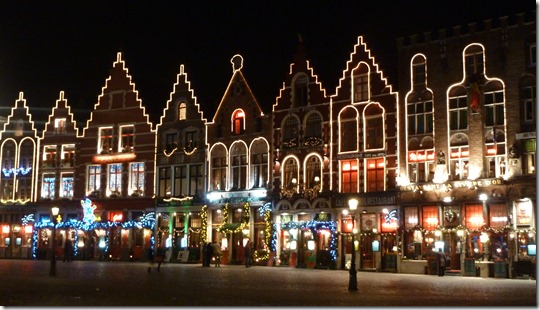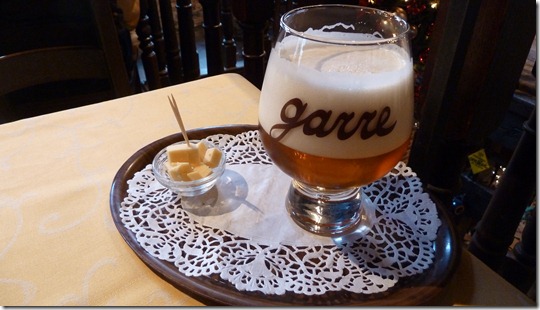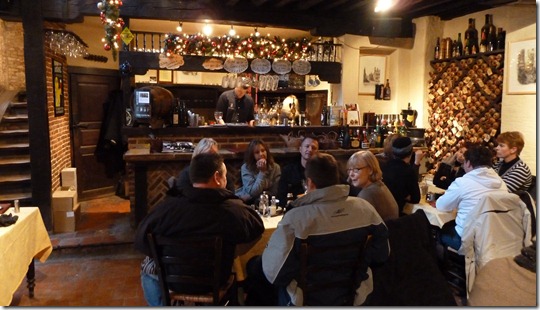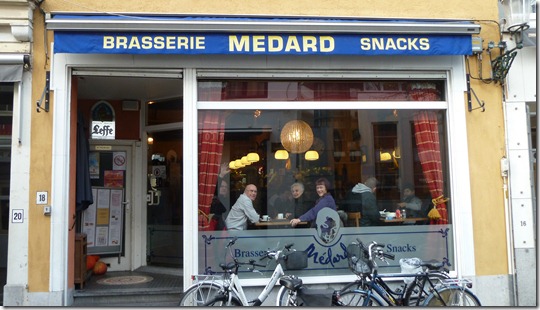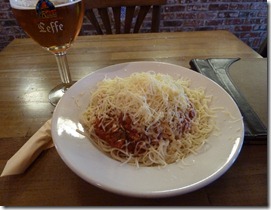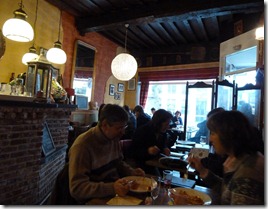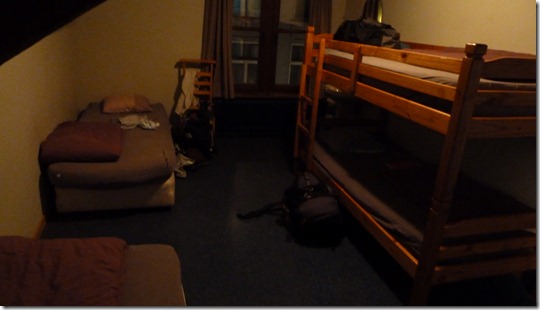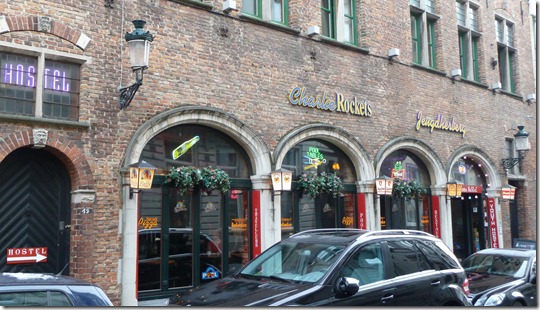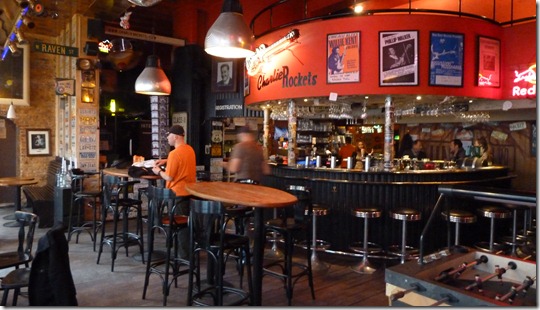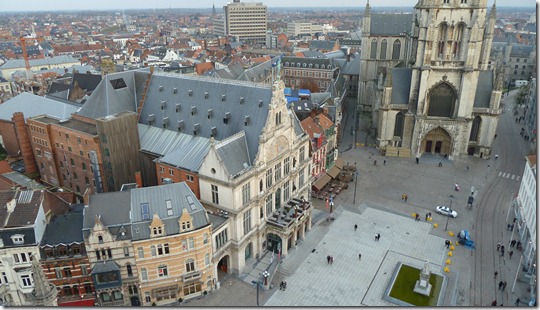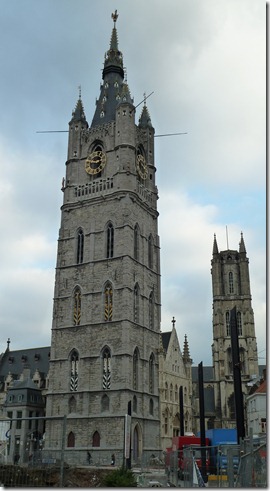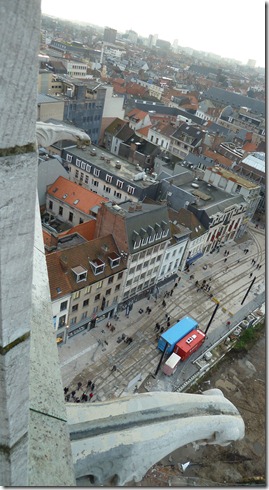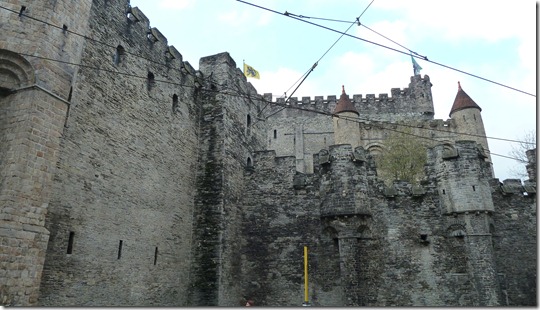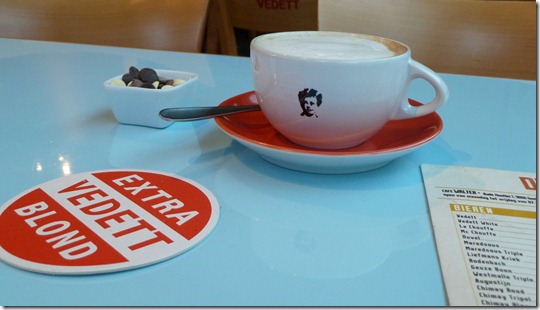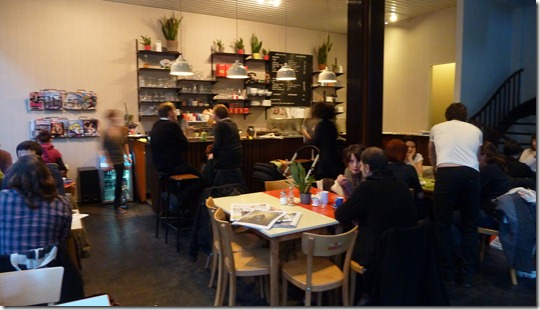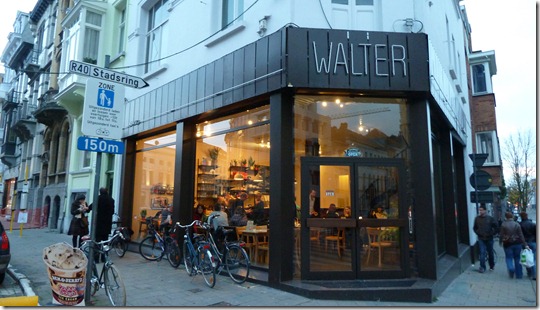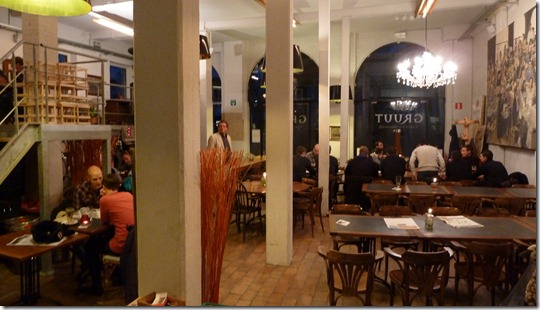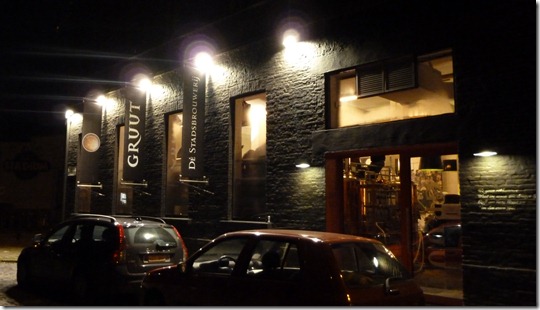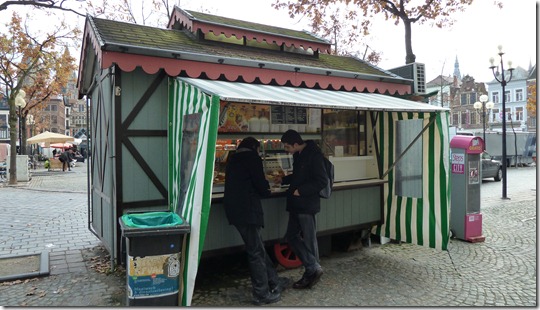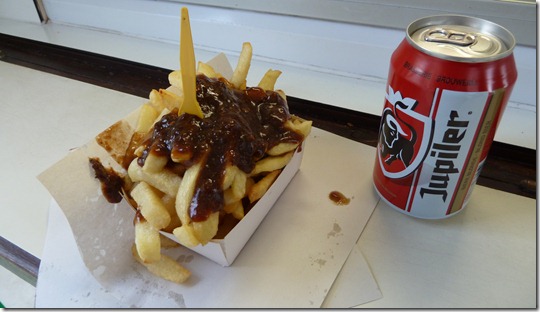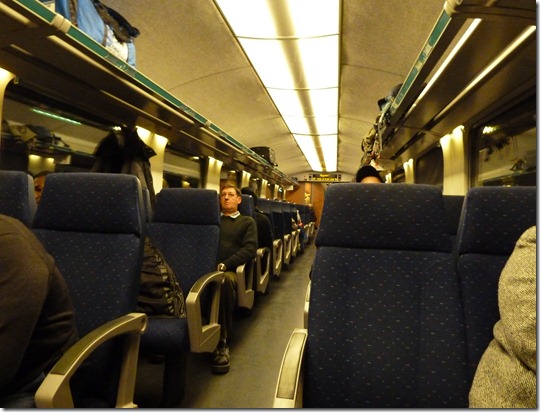This post takes a bit of a different approach to a typical one – two towns in 48 hours you say? Are you mad kind sir?! The proximity of beautiful little medieval towns in Belgium to the capital, Brussels provides an easy, picturesque alternative to a singular city break.
Bruges and Ghent are two old school Belgian towns in region of Flanders, rich in diverse culture traditions that span hundreds of years back to the Middle Ages. Ghent used to be one of the richest and most powerful cities, second only to Paris while Bruges was one of Belgium’s most critical port towns.
Bruges
Made astronomically famous by the film In Bruges, this quaint town is incredibly charming and pretty. Easily walkable and packed with awesome chocolate shops, be prepared for an indulging and boozy visit.
Things to See and Do
Bruges boasts a number of significant churches and civil buildings, but it doesn’t end there.
A lot of the charm this town is so well known for can be found simply wandering around, appreciating the centuries of history that adorn each and every canal and laneway.
The Belfry
It’s the central focal point of the Markt, that smacks you in the face as you pop out of the narrow side streets that feed into the large open space that the Belfry presides over. The Belfry of Bruges, represents everything that has held the town together since it was first founded.
Be prepared for a wait to climb the steps to the top, it’s quite popular. The view is definitely worth it however, and the elaborate carillon made up of 50+ bells with all the mechanics associated is incredible.
View from the top of the Belfry
The Canals
Definitely the thing that makes Bruges special and unique are its canals.
They wind around the central old town to form an egg-like barrier, whilst smaller canals weave in and out of the tight streets, providing for amazing landscapes that make medieval buildings look like they’re floating on water.
Take a walk around the town and traverse alongside the many canals. Grab yourself a hot chocolate and maybe take a boat tour.
The Basilica of the Holy Blood
Built in the 12th century, this church on the right hand side of the Burg square is a bit hard to find. It houses a vial of blood that is said to be that of Jesus Christ, brought back from the crusades by the Count of Flanders at the time.
It gets pretty chockers with tourists, and you can’t take any photos inside. Check it out briefly though, it’s kind of cool.
The Markt in Bruges ablaze with light at night
Food/Drink
De Garre
This place is hard to find. It’s down a tiny laneway off a pretty busy street very close to the Markt and the Belfry, and finding the entrance is a challenge, but the beer is worth it.
The only place the heavy and tasty beer of the same name of the bar (14%!) is available, you’ll need to find your way down a small alleyway to the front door first. Inside you’ll find a very homely bar with table service only and friendly staff.
Brasserie Medard
This small, unassuming restaurant that does nothing to try and bring customers in was recommended both by Teija Beck over at Traveldudes and also in the Use-It Guide to Bruges. Off the Market in Sint-Amandsstraat, it was definitely the most rewarding and interesting place I ate in whilst in Bruges.
The place is definitely a real authentic local joint. There’s no menus out the front trying to tempt you in, it’s just a straight up place serving good quality food. The spaghetti is the winner here – it’s cheap (only €3 for a small serve!), hearty and is total homemade awesomeness.
Don’t be fooled into thinking the small portion won’t fill you, it’s massive, as seen below.
When you first enter, you’ll most likely be told that they’re full and have no tables free. This is rubbish. Hang around until someone leaves. They don’t encourage tourists, which is evident with the mainly all local clientele so be persistent.
From Train Station to Town
De Lijn run buses from the train station to the Markt (Market Square) and a single trip ticket costs about €1,20.
A bit of orientation
Pioneered in the 48 hours in Copenhagen post, below you’ll find a map I’ve created to help you find everything I mention for ease of reference.
View Bruges in a larger map
Get around in Bruges
Bruges is easily traversed on foot, however you could possibly rent a bike (beware the cobblestone laneways make this an uncomfortable experience). If you head to Bruges with your girlfriend or boyfriend, you could check out a tour on a horse drawn carriages to up the romance factor.
Where to Stay
Bruges has loads of options when it comes to accommodation, including at least five hostels to choose from. For those that prefer a plusher experience, Bruges has no shortage of hotels ranging from budget to totally off the charts.
Charlie Rockets
I stayed at Charlie Rockets whilst in Bruges, an American type themed bar and hostel in Hoogstraat. It has a cool party vibe about it, but this may get on your nerves at 1am when you’re trying to sleep.
This hostel has absolutely terrible showers, the push button kind. The ones on the floor where my room was wouldn’t stay on at all, so you had to stand there with your thumb on the button trying to dodge the cold water, waiting for it to warm up. I eventually found some showers downstairs that stayed on for longer than 10 seconds at a time.
It’s very centrally located, only about a 5 minute walk from Markt, and they have a good selection of beers available. The staff are friendly and there’s a pool hall out the back as well.
Ghent
Not only is it as picturesque as Bruges, it’s also home to thousands of students, making it a progressive and modern town with loads of cool cafes and bars.
Things to See and Do
From the 12th century Count’s Castle to the “three towers of Ghent†and the canals that form the veins of Ghent, there’s plenty to take up half a weekend here.
The Belfry
Much like Bruges’ Belfry, Ghent’s Belfry is equally as old and stands for the same values.
It is a bit more of an experience however, and there is a story to be told over the 4 levels inside before you reach the top. The insides are adorned with anecdotes on how the bells were first cast and how they have evolved, along with how the Nazi occupation affected Ghent.
Gravensteen (The Count’s Castle)
The Count’s Castle was built by the Count of Flanders on his return from the crusades in 1180 and was designed more of a deterrent to the commoners than to keep others out.
It is adorned by craftsmanship and handiwork you quintessentially expect from a Middle Ages castle, and it was thankfully saved from demolition in 1885.
Food/Drink
Ghent has an awesome array of options available to get a good coffee or meal at. Thanks to its less touristy vibe, it has some great little places close to the city centre worth checking out.
Walter
A few hundred metres away from the well-beaten central area of Ghent, Walter is a cool place to relax and enjoy a coffee, hot chocolate or a beer.
It has a particularly trendy student vibe to it, and you’ll see everyone from groups of girls catching up to writers working on their laptops. A great place to escape the Winter cold in.
Gruut
Opened 2 years ago, this small microbrewery gives you an insight into Belgian beer you won’t find anywhere else. It has the same ravenous strength you expect (between 5 and 9% alcohol) but with one difference. The five beers brewed here are made with something special – Gruut herbs.
In the Middle Ages, Ghent was divided in two parts by the river Leie. On the right bank. the brewers used typical beer ingredients like hops. The brewers on the left bank, which was ruled by the French, added a mixture of herbs (or “Gruutâ€) to their beers. Landlords collected a tax from the brewers based on the amount of spices used in their beer.
Gruut is staffed by a friendly bunch and they also offer a wide selection of bar snacks and proper meals to accompany your beer. There was a big group of blokes on a stag party the night I was in there, and the place was erupting with laughter and merriment – it felt like one of those scenes in a film about the Middle Ages where everybody is around a big table singing and drinking (but without the rats and complete lack of hygiene!).
Frites from Frituur Josef
Frituur Josef is a prime example of an authentic Belgian “frietkoten†(fries barracks). Started in 1898, his family has been serving up fries to locals, students and tourists day and night alike, Monday to Saturday in Ghent ever since.
The whole deal here is completely taken care of by the owner, no pre-packaged and cut boxes of frozen fries to be seen. Try a serve of fries with “stoverij†on top. It’s a beef stew cooked in beer, specific to Ghent and it will be the most hearty serve of chips and gravy (a staple fast food back in Australia) you’ll have in ages.
From Train Station to Town
De Lijn runs the public transport here also, but instead of a bus into town the name of the game is a tram. The trams leave from a series of platforms to the far left as you exit the train station. Take the number 1 red colour coded tram which will take you all the way into the centre of Ghent.
A bit of orientation
View Ghent in a larger map
Get around in Ghent
Once you get into the centre of Ghent you can get to all the attractions, cafes and bars on foot with ease.
How to get there
Eurostar run high speed rail services direct from London St Pancras to Brussels Midi. The great thing about visiting Bruges and Ghent is that you can get a local SNCB train straight out there directly from Brussels Midi station.
Second class carriage on a SNCB train to Bruges
Up until recently, you could travel to and from any Belgian station on your Eurostar ticket for free. Unfortunately this changed in October 2010, so now you need to buy a weekend travel ticket when you first get to Brussels Midi.
Budget
A beer will cost about €3,50-€4 in tourist bars, whereas beers in Gruut will cost between €2,50 (for a 25cl) and €3,50 for a (33cl). A meal will set you back between €5-€10. A medium serve of frites won’t be more than €2,50 and a night in Charlie Rockets or a comparable hostel costs €18-€20.
All up, you can get away with a €50 per day budget in the Flanders region.
Conclusion
I recommend spending more time in Ghent than Bruges. It’s the less tourist developed town of the two, has more landmarks to check out and has more of a local yet modern feel about it.
So for a different weekend away, consider getting the train to Brussels and stretching out from the typical urban exploration excursion to see a bit more of provincial Europe.
